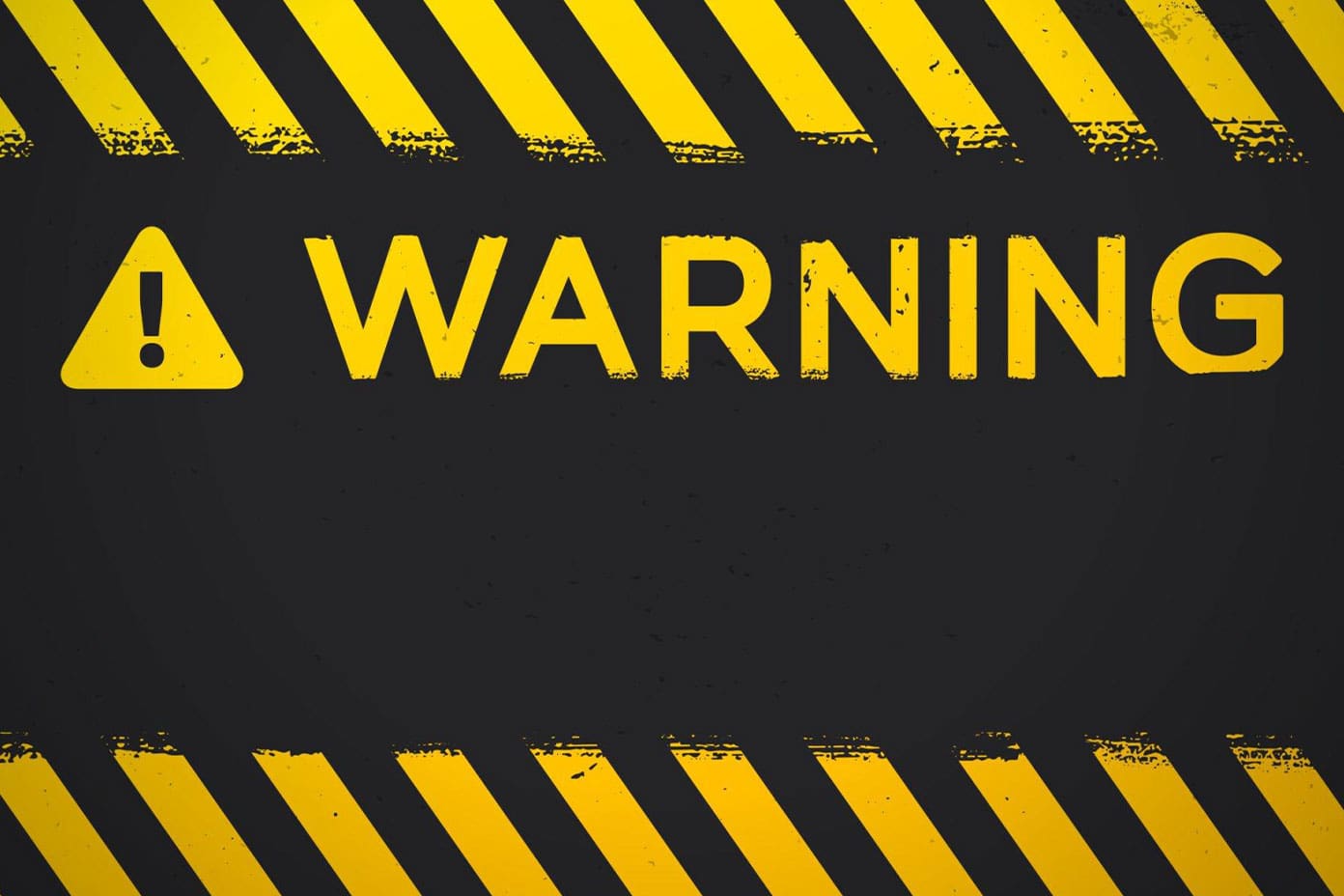Top Admin Apps for Construction Teams
Managing a construction project involves juggling many tasks, from scheduling...

Construction activities can pose significant risks at construction sites due to the high intensity of vibrations they produce. Vibrations can lead to health and safety hazards, damaging the health of workers and the integrity of the equipment.
Consequently, vibrations can negatively impact product quality or artistry. Understanding these hazards is crucial for business owners to protect themselves from fines or lawsuits. Additionally, appropriate supervision of construction industry workers helps mitigate these risks significantly. This article will focus on vibration hazards for construction workers, their causes and practical ways to mitigate them.
When workers in a construction site are constantly exposed to excessive vibration, they can experience various symptoms. There can be disruption in body functions, such as impaired flow of oxygen and an overall decrease in sensory input to the brain.
This can lead to increased susceptibility to cell death or necrosis.
Physically, this manifests in symptoms such as back pain, headaches, or in the worst cases, carpal tunnel syndrome. In some instances, workers can experience bone injury due to high-vibration exposure in their feet or hands.

What makes these dangers more alarming is the potency of the vibrations that workers are constantly exposed to. In modern-day workplaces, this issue is particularly prevalent.
A study found that vibrational damage is more common than previously thought and is a consequence of occupational exposure in construction sites.
The same study revealed that 21% of construction site participants experienced various symptoms of varying severity, including hearing loss, fatigue, constant headaches and restlessness due to prolonged exposure to vibrations on their job.
However, it is worth remembering that all construction sites are different based on the location and the type of machinery being utilised, so the number of vibrational risks and hazards can vary.
Everyone in the construction industry is at risk from the vibrations created by power tools. However, those who operate hand-guided or hand-held power tools are at the highest risk of vibration injuries and hazards. Additionally, workers holding construction materials often processed by a power machine are also susceptible to vibration hazards.
The risk of vibration injury also gets amplified for those who work with pneumatic or electrical or hydraulic equipment. Specific tasks involving nail guns or jackhammers can increase the likelihood of individuals developing tendinitis, carpal tunnel syndrome or DeQuervain syndrome.
Moreover, those individuals who have to utilise the vibrating tools for extended periods are at the most significant risk, as it causes irreversible damage to the muscles and tissues. Those who spend more than 15 minutes daily utilising a hammer action tool or more than an hour utilising rotatory tools are the worst affected.
Some standard machinery that poses a risk to construction workers includes needle guns, chipping hammers, chainsaws, sanders, grinders, disc cutters, hammer drills, and concrete breakers.
You can contact us to know and get the best injury management software australia.
Essentially, there are two critical classifications of occupational vibration exposure:
Hand-Arm vibration: Power tools transmit vibration across the individual’s shoulders, arms and hands, causing symptoms such as tingling, numbness, pain, discomfort in the hand, reduction in grip strength and deterioration of motor control.
Whole-body vibration: When it affects multiple parts of the human anatomy, it is classified as whole-body exposure. Long-term vibration symptoms can lead to muscle pain, body ache, fatigue, tiredness in muscles or joints, insomnia, irritation of the eyes and headaches.
Assessing tasks is the first step to reducing hazards. To minimise vibration hazards, worker training is vital to reducing vibration-related risks. This is because, with the help of proper training, workers can learn how to utilise tools correctly to reduce the amount of vibration exposure. This will also teach them only to share tools with proper assessment.
Additionally, as a business owner, you must conduct regular inspections to ensure worksite safety and proper usage of equipment. Tools should be inspected regularly to ensure that they are not worn out or damaged, as tools that are not in perfect condition would vibrate at an increased level. Damaged tools also vibrate more than new ones because their assembly does not fit together as snuggly.
If you find that a tool is damaged, either repair it or replace it. All tools should have soft handles or rubber grips. The tool’s speed should also be adjusted so that it runs at a slower RPM. The usage of power tools should be minimised, especially when working with heavy materials such as concrete. Workers should be taught to avoid leaning on vibrating materials or equipment when taking a break.
Vibration hazards can pose serious health issues. Workers performing their tasks near heavy machinery must ensure that their equipment is regularly tested and serviced to prevent vibration-related injuries. It is better for business owners to use workplace safety software to reduce and manage injuries.
Comments